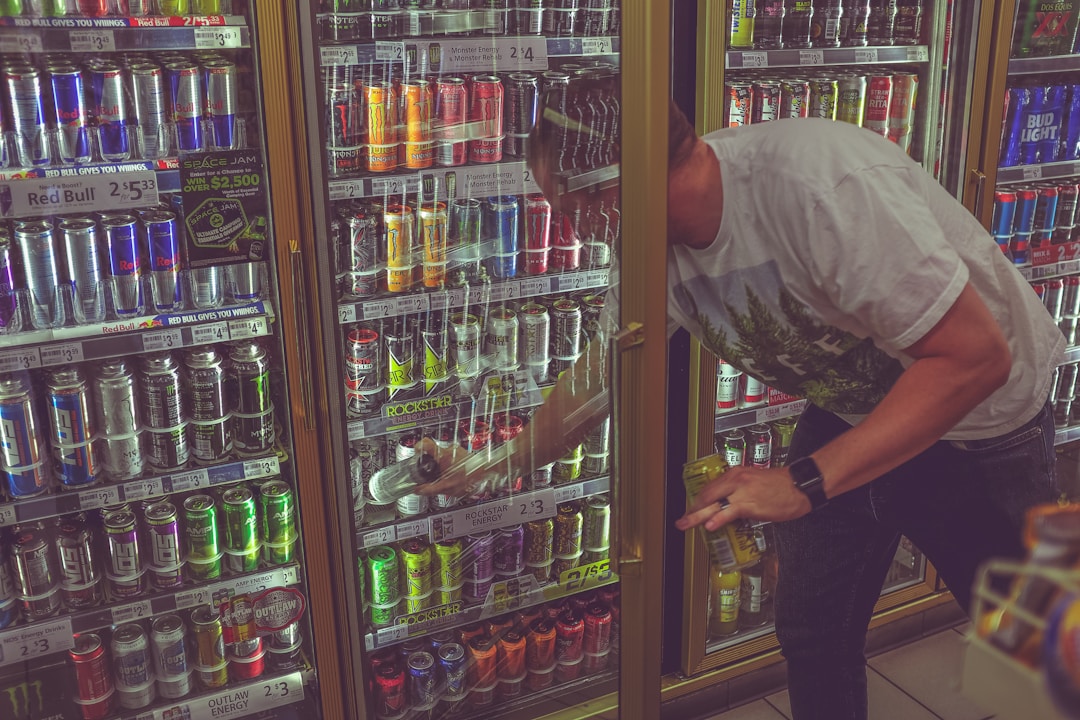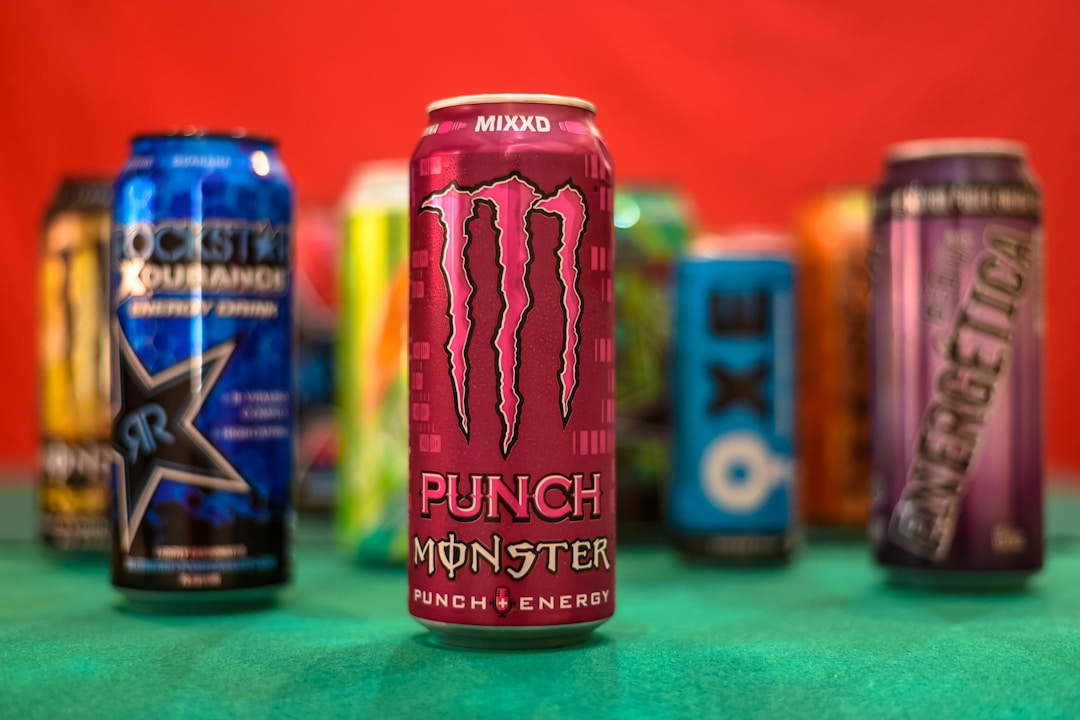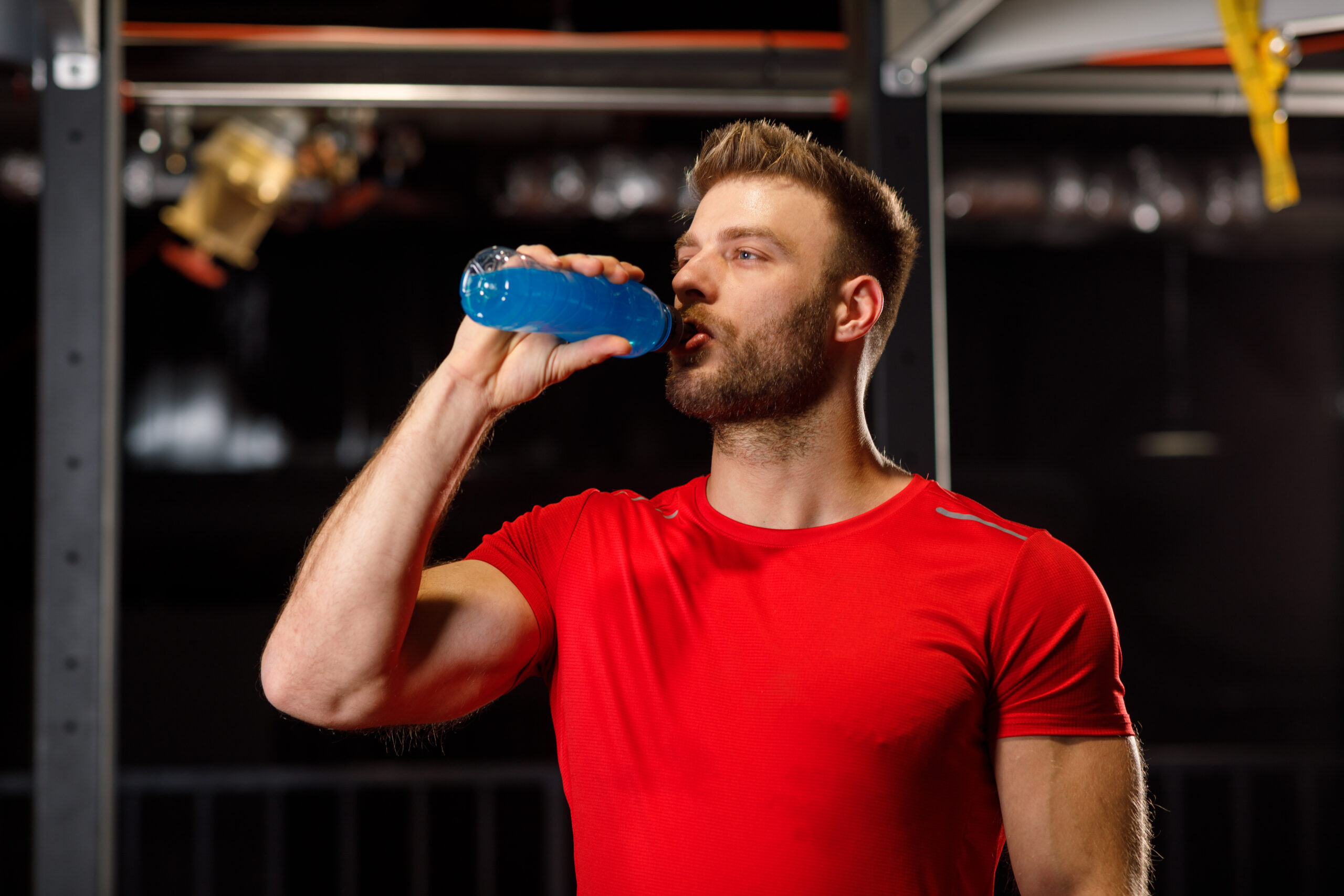How Energy Drinks Are Made
The crackling hiss of an energy drink opening is a sound synonymous with a need for a fast, effervescent pick-me-up. These popular beverages promise a quick boost of energy thanks to a powerful blend of ingredients. As consumption continues to climb, many are curious about what goes into each can and how they are concocted. This article will explore everything from the foundational ingredients to the final steps of energy drink production. Keep reading to uncover how energy drinks are made.
Unveiling the Ingredients Commonly Found in Energy Drinks

At the heart of every energy drink is a formula designed to awaken and energize. The most ubiquitous ingredient is caffeine, revered for its stimulatory effects. Alongside caffeine, energy drinks often contain sugars or sweeteners, adding to the appealing taste and providing an instant glucose boost. Amino acids, like taurine and B vitamins, are also staples, included for their roles in enhancing endurance and facilitating energy metabolism.
Furthermore, many brands infuse their drinks with a blend of herbal extracts such as ginseng, guarana, and yerba mate, known for their natural stimulant properties. These botanical additions aim to differentiate products in a saturated market, offering unique selling points that appeal to health-conscious consumers. Artificial flavors and colors are frequently added to catch the eye and entice the palate, turning what could be a commonplace beverage into a sensory experience.
In addition to these functional components, preservatives play a critical role in shelf stability, while acids, such as citric or phosphoric acid, are incorporated to balance pH levels and add to the characteristic tangy taste. The complexity of these concoctions can vary greatly from one brand to another, each guarded by trade secrets and proprietary blends. The interplay of these ingredients is essential for creating the iconic profiles of top-selling energy drinks.
Health concerns have prompted some manufacturers to offer reduced or zero sugar options, complementing their traditional lineups. These formulas maintain the stimulating effects while cutting back on calories or glycemic impact. It’s a balancing act of science and taste that defines the energy drink industry, which is constantly evolving to meet consumer demand and preferences.
Mass Producing Energy Drinks
The mass production of energy drinks on an industrial level is a fascinating blend of science and industry. Initially, the various ingredients must be carefully sourced and tested for purity and potency. Once all components come together, they are mixed in large industrial vats, where precise formulations are critical to ensuring the consistency and safety of the final product. This mixing often occurs at room temperature to avoid ingredient degradation and to maintain flavor profiles.
For the energy drinks to reach consumers in their carbonated form, manufacturers must infuse them with carbon dioxide gas under pressure. The liquid is then pasteurized, killing potentially harmful microorganisms, extending shelf life, and ensuring the safety of the beverage. Advanced machinery meticulously fills cans or bottles at a rapid pace, ensuring a steady flow of products to retailers and consumers.
Amidst this complex process, manufacturers must navigate the logistics of high-volume production while maintaining strict quality controls. Their facilities are designed to be highly efficient, employing automated systems and robotics to aid in packaging and distribution. Every step in the manufacturing chain is scrutinized, from ingredient blending to the sealing of containers, to ensure consistency and excellence.
Quality assurance is paramount, and rigorous testing occurs throughout the production line to detect any deviations from the norm. Each batch is sampled and tested for flavor, carbonation levels, and overall composition to align with regulatory standards and customer expectations.
Packaging and Branding

After the precise science of concocting the actual beverage, packaging, and branding present yet another layer of artistry. The design of cans and bottles is not just about aesthetics; it’s also about functionality— ensuring that the drinks are easy to transport, display, and consume. Innovative packaging solutions, such as resealable caps or slim-line cans that fit comfortably in hand extend shelf life and enhance convenience.
Product branding is an integral element in the success of an energy drink. Each brand strives to create an image that resonates with its target audience, whether it’s by projecting a lifestyle of extreme sports, gaming, or sheer performance. Graphics, logos, and slogans are carefully crafted to differentiate products in a competitive landscape, and the messaging must align with the core values of the drink’s promised effect.
Altogether, the journey from conception to consumption for energy drinks combines innovative science with meticulous production processes. Overall, the industry’s agility in adapting to consumer demands and regulatory landscapes continues to sustain its growth and popularity, guaranteeing that energy drinks will remain a staple for those seeking quick boosts and improved performance.






